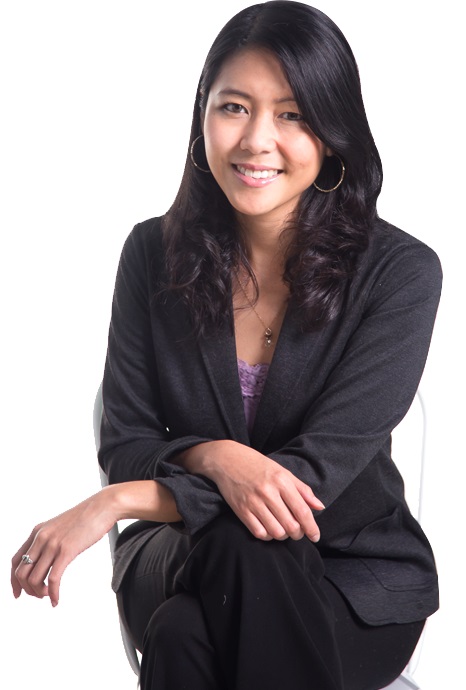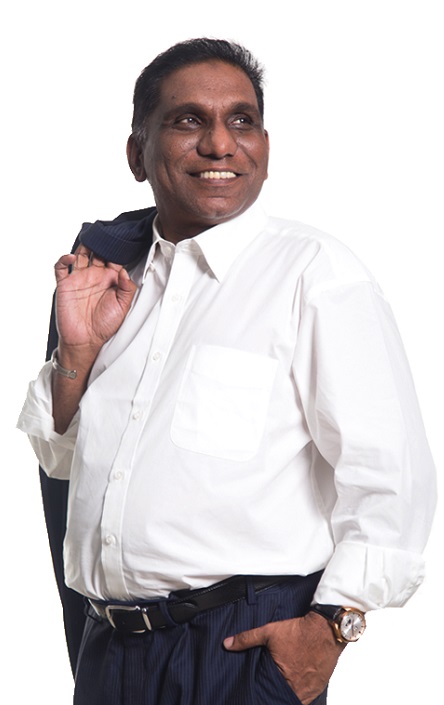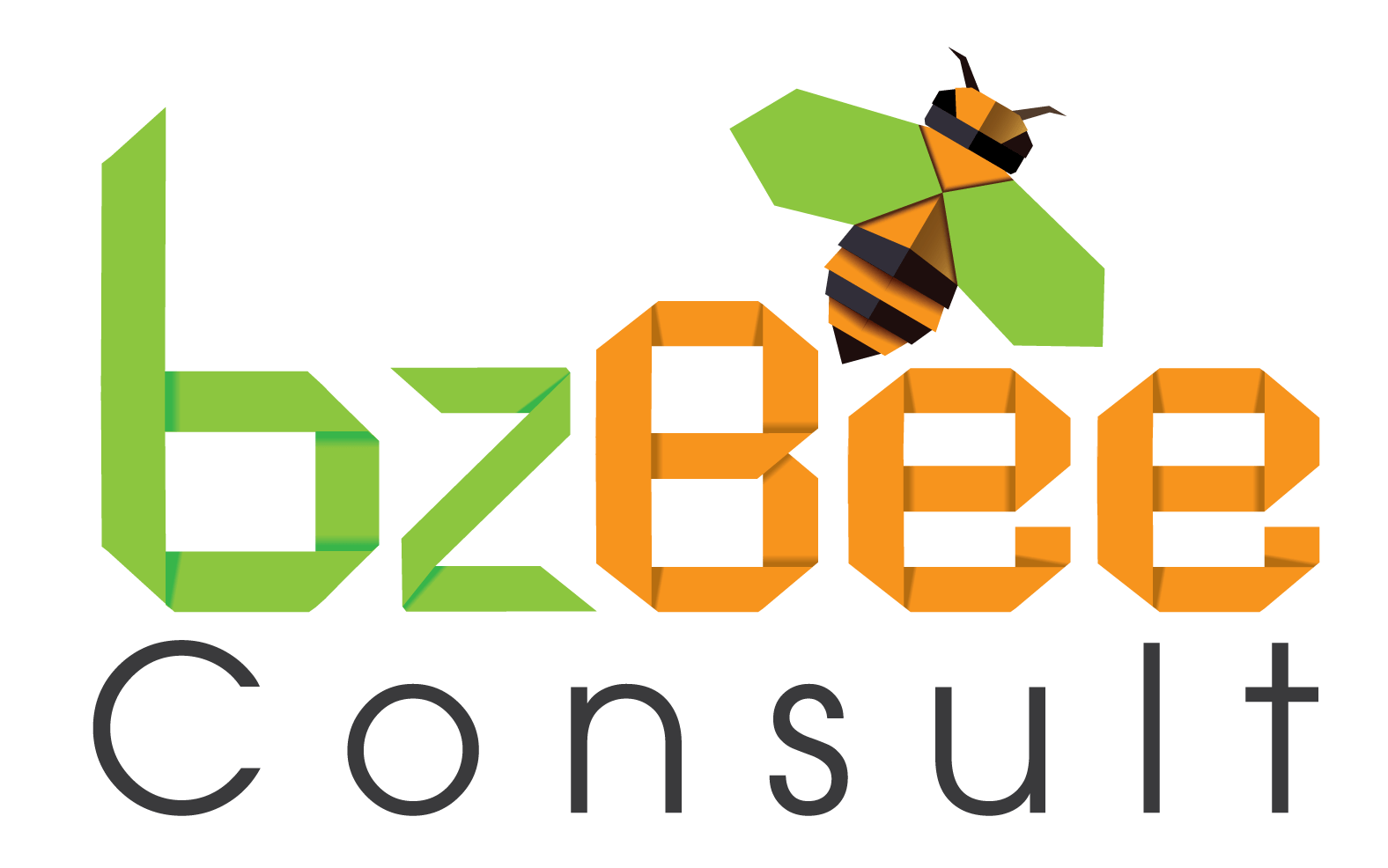By: A. Asohan
THE newly-renovated building for the one-stop shop for entrepreneurship, the Malaysian Global Innovation and Creativity Centre (MaGIC), stands out in its cul-de-sac in the sparkly high-tech city that’s Cyberjaya.
The building used to be a ‘Knowledge Development Centre’ run by national ICT custodian Multimedia Development Corp (MDeC), so it hasn’t strayed far from its heritage. It’s squeaky-clean – and in the case of the just-polished floors at the reception centre when Digital News Asia (DNA) paid a visit late last month, literally so.
When DNA is ushered in to a meeting room to interview MaGIC chief executive officer Cheryl Yeoh, there is a stark contrast between her demeanour and the building’s façade. She looks like she has not been getting enough sleep, and missing one meal too many.
“I feel thin, sort of stretched, like butter scraped over too much bread,” Bilbo Baggins told Gandalf in J.R.R. Tolkien’s (not Peter Jackson’s) The Lord of the Rings, and you feel as if Yeoh can empathise fully.
But as she speaks about MaGIC and what it will be doing over the next few months, the sparkle and energy return.
MaGIC has just ended its ‘quiet period,’ and Yeoh is now starting to engage with the media after a fact-finding phase it entered in the wake of its official launch in April this year, attended by no less than US President Barack Obama and Malaysian Prime Minister Najib Razak.
It was Najib who had first announced the establishment of MaGIC at the Fourth Global Entrepreneurship Summit (GES) in Kuala Lumpur last October, and the GES itself is an initiative by the Obama Administration to boost the economies of emerging countries through entrepreneurship.
When she first took on the CEO role, Yeoh told DNA, “Give me some time to settle in, get to know the ecosystem better so that I can then [put] a more structured programme in place.”
She’s spent the last four months doing that, and it has not been easy, by all accounts. The Malaysian-born former entrepreneur who made it in Silicon Valley has had to come back home to face what must have been a culture clash from the more meritocratic environment she was used to, according to people who have been engaging with her in the last four months.
Coming from the private sector into a government agency such as MaGIC would require some getting used to for anyone, her sympathisers point out. Even her critics – ecosystem players and entrepreneurs – can empathise with that.
Indeed, the main criticism against her that DNA has gathered, is that many people believe she’s trying to do too much. “MaGIC does not have to do everything,” they say. “She [Yeoh] is going to burn out at this pace.”
“We’re building an entire ecosystem here,” Yeoh tells DNA, but adds that MaGIC does not intend to duplicate what’s already out there. “We want to fill the gaps and connect the dots.”
“We spent the first two months, after hiring the core team, engaging with nearly 200 entrepreneurs from different lifecycles – from the ideation stage all the way to the mature stage – to identify the gaps. Because when we look at the ecosystem, we want to look at the entire lifecycle.
“We also spoke to the various government agencies to find out what they were all doing, so that we could try and figure out the gaps that we would need to plug,” she says.
Being the bridge
But the criticism persists. What is MaGIC doing that’s not been done elsewhere?
“Why I haven’t engaged with the media before this, is because I didn’t want to fly in and tell the ecosystem: This is what needs to be done” says Yeoh (pic).
“I needed to do my homework and talk to people, the players. So that was the first four months.
“What is MaGIC doing? It’s very different. We’re building an ecosystem. It’s not like we’re just running programmes, or being a funding agency. We may be a government-funded agency, but we want this organisation to be very entrepreneurial-minded,” she says.
“Brad Feld wrote a book [Startup Communities: Building an Entrepreneurial Ecosystem in Your City] where he says that entrepreneurs have to be leaders of the ecosystem, and government cannot be leaders, they can only be feeders – providing the resources, the policies and the tools – because they would implement all kinds of scoring systems and metrics, and all these kinds of things are just road-blockers for entrepreneurs.
“So MaGIC is an intermediary. It has, in a way, the body of a government, and the resources and support of government, but it is ultimately run by entrepreneurs. We’re an intermediary to bridge the gap between what entrepreneurs really, really need; and then connect them to all the resources provided by the Government,” she adds.
In the four months after taking on the CEO role, Yeoh and her team – MaGIC now has a core of 15 full-time staff, and is aiming for 25 by year-end – did what they called “mapping out the ecosystem.” This included determining all the public sector agencies and private sector bodies which play some role in entrepreneurship.
“The second difference is that we are looking at the whole ecosystem, the whole lifecycle, while many of the agencies only focus on certain aspects, like funding – there isn’t an end-to-end type agency.
“But more than that, we’re taking startups to the next level – to the regional or global level, which is why the term ‘global’ is in our name,” she adds.
Still, many of the programmes and initiatives that MaGIC is running, or intends to run [more of that tomorrow – ED] – training, accelerators, technical bootcamps, etc. – are already being conducted by others parties too. Isn’t this a duplication of effort?
Yeoh admits there are some overlaps, and not only between MaGIC and the rest, but also between what some agencies are doing – but she’s adamant that what MaGIC has laid out is well within its mandate, which is to catalyse Malaysia into a regional startup hub.
“Here’s my take: I think the public is very cynical because to them, all these things are the same. But that’s why we’re mapping them [the agencies] out – to determine their goals and their resources.
“There may be some overlaps, but not many – and I can vouch for this. There are some, but they all fill different kinds of entrepreneurship – like those in agriculture, small and medium enterprises, and so on – and then, in each sector, there are different lifecycles.
“There are funding systems, there are incubators, there are programmes, there are mentorship initiatives, and more.
“I don’t want this mindset to persist, that it’s a zero-sum game, or that one agency takes all. It can be a win-win situation.
“Collectively, there is a lot of stuff – the problem is visibility, transparency and awareness. When people hear about all these programmes, but they don’t understand what they do, it all just sounds the same.
“So when we map it out into the lifecycles of the various sectors, we can see, okay, there are only four or five agencies in this. It all becomes very clear.
“It’s awareness, I think. People are criticising MaGIC because it sounds like we’re doing the same things, but it’s not the same – we’re filling in the gaps, and we’re connecting the dots,” she says. “MaGIC is about working in the ecosystem, with our partners.”
Measuring success
What Feld wrote in his book about governments working on numbers may be true, but that‘s how governments function anyway.
Internally, MaGIC may have its own benchmarks, KPIs (key performance indicators) or metrics to track the success of its programmes, but how is the Malaysian Government going to measure it?
“This is a tricky question because one of the reasons I came back [to Malaysia] to take the job is because they told me that ‘You create your own mandate, your own vision for what MaGIC will do, and also, you come up with your own metrics or KPIs’,” says Yeoh.
However, she acknowledges that there are some numbers-driven metrics she will have to report to the Malaysian Government. These include how many entrepreneurs the organisation engages with, how many people attend its activities, and how many go through its training programmes or technical bootcamps as well as its various outreach programmes.
For example, at the MaGIC launch in April, there were some 7,000 entrepreneurs, some of which MaGIC spoke to, to get feedback on the challenges they face.
“While we still have that numbers-driven component which we have to report to the Government, we also want to track quality so that we don’t lose sight of the success stories – this is where we get to measure the quality,” says Yeoh.
“There are a lot of success stories in Malaysia, but they’re just not exposed or not known. We don’t have to create success stories overnight – say, after one year, MaGIC must have 10 success stories. It’s not reasonable.
“So, rather than that, why don’t we say how many success stories we have exposed, as a benchmark? How many programmes have we run? How many entrepreneurs have we engaged and connected?
“Outreach is one metric that is numbers-driven – which is fine, because we need to get people excited around entrepreneurship anyway,” she adds.
There are more targeted metrics, revolving around training and exposure too, she says.
But isn’t the Government going to measure how many startups MaGIC guides towards funding? For example, say, within one year, X number of startups must get Series A funding; Y to get Series B within two years; and within five years, a certain number of exits?
“To be honest, MaGIC is about four months old now, and we haven’t really sat down to set those metrics yet – right now we’re at the stage of what is the mission, what is the vision, what are our core activities,” says Yeoh.
“We have to run our programmes first before we can say how many we aim to target. I think this is very reasonable. Our board has been very supportive and very understanding – it’s not only made up of people from government, but also those from the private sector and GLCs (government-linked companies).
“The next board meeting, which will probably be in early November, will probably discuss [follow-up] metrics. By then, we will have a better idea of what we want to target in terms of wide outreach numbers versus the more targeted quality metrics,” she adds.
The MaGIC board now has about a dozen members, including the country heads of multinationals such as Google and Microsoft as well as Malaysian powerhouses such as Axiata, representatives from government agencies and ministries, and local entrepreneurs such as Rev Asia’s Khailee Ng and JobStreet.com’s Mark Chang – both Digital News Asia Digerati50.
The chairman is Dr Mohd Irwan Serigar Abdullah (pic), the Secretary General of the Treasury at the Ministry of Finance (MoF), who is credited as being pretty much the driving force behind the establishment of MaGIC.
But there is one number that no government-funded agency can ignore, and that is its budget. When Najib, also the Finance Minister, announced the national Budget 2014, he had allocated RM50 million to MaGIC. Later this was increased to RM70 million (US$22 million).
Of that RM70 million amount, RM20 million has to be spent on social enterprises, while the rest can be spent on for-profit entrepreneurship.
MaGIC has also spent a portion of its Budget allocation on renovating its building, although Yeoh declines to say how much, noting that this portion was allocated before she came on board.
The next national Budget will be announced in October. How much of an allocation is MaGIC is asking for?
“We’ll see how much we will get on Oct 10, but the budget we’ve asked for is for the Asean Accelerator,” she says, referring to a major initiative that the agency will kick off in the first half of next year [more on the accelerator tomorrow – ED].
Remote and marginalized
When MaGIC was first announced last year, it was envisioned as an agency for all types of entrepreneurs, not just those in technology or related fields, and would be inclusive to all Malaysians, especially those in rural areas.
There was a pivot earlier this year when Irwan said that the agency would instead focus on tech entrepreneurs.
But what about those entrepreneurs in rural or remote areas? What is MaGIC doing to reach out to them?
“In fact, MaGIC’s mandate isn’t to do that, but we have linkages. We’re trying to connect with partners who are already doing that. They will feed into our ecosystem, and into our programmes,” says Yeoh.
One of these partners, for example, is the 1Malaysia Entrepreneur (1Met) programme, also initiated by the MoF in the run-up to GES last year, which runs bootcamps in rural and remote areas, and even less developed urban areas.
Another is the iMalaysia For Youth (iM4U) nationwide initiative, also launched by the prime minister, which is more orientated towards youth and volunteerism
“We’re working very closely with them – in fact, we’re working hand-in-hand with them on a social enterprise programme, using that RM20mil allocation we got for social enterprises,” says Yeoh.
“The thing about many social enterprises is that they’re not profit-minded – they think about how they can give back to the country, how they can create a social impact, and so on.
“We want to get them into the MaGIC pipeline because yes, you can create social impact, but how can you make it sustainable so that you’re not always relying on charity or grants? How can you give back to society in a very sustainable way so you have a business model? We want to teach them these skills,” she adds.
Bumiputera factor, and diversity
There has been some talk in startup circles that MaGIC is being asked to do more for the bumiputera community – the largely Malay-Muslims that make up about 60% of Malaysia’s population, and who are entitled to a number of benefits from the country’s decades-long affirmative action policies.
Has there been pressure of MaGIC to do something special for the bumiputera community?
“There has been no official pressure, but there has been, shall we say, ‘sentiment pressure’,” says Yeoh.
But as with its efforts for the rural areas, MaGIC is working with other agencies and bodies that look after bumiputera interests: Teraju (Unit Peneraju Agenda Bumiputera or the Bumiputera Agenda Steering Unit); the Malay Economic Action Council (MTEM); and MyNEF (the New Entrepreneurs Foundation)
According to Yeoh, MaGIC is working very closely with these partners, and provides facilitation for some of their initiatives.
“I actually believe that diversity is very important to any company, and I think the bumiputera element is important. They are the majority in our country, so it is important to have that diversity,” she says.
“We want MaGIC to be a place where anyone in Malaysia can learn new skills to build successful companies.
“Entrepreneurship is not geared towards any specific race – if anything, entrepreneurship unites us all, because it doesn’t recognise race, age, religion, background,” she says. “It is for all, truly.”









